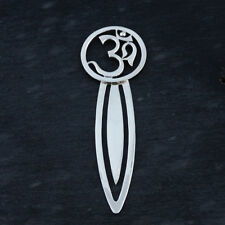
Om Symbol Definition: A Comprehensive Overview
The Om symbol, often depicted as a three-part sound, is a significant and multifaceted symbol in various cultures and spiritual traditions. It is not just a mere representation of a sound but holds profound meanings and is considered sacred in many ways. In this article, we will delve into the definition of the Om symbol, its origins, meanings, and its significance in different contexts.
Origins of the Om Symbol

The Om symbol has its roots in ancient India and is deeply intertwined with Hinduism, Buddhism, and Jainism. It is believed to be one of the oldest symbols in the world, with its origins dating back to the Vedic period, around 1500-500 BCE. The symbol is often found in ancient texts, temples, and artworks, indicating its importance in these religions.
Meanings of the Om Symbol

The Om symbol is often interpreted in various ways, each carrying its own significance. Here are some of the key meanings associated with the symbol:
-
Sound of the Universe: Om is considered the primordial sound from which the entire universe emerged. It represents the unity of all existence and is often chanted as a way to connect with the divine.
-
Divine Energy: The symbol is believed to embody the divine energy or Shakti, which is the creative power of the universe. It is often used in meditation and yoga practices to invoke this energy.
-
Universal Truth: Om is seen as a representation of the ultimate truth or Brahman, the ultimate reality that underlies all existence. It is a symbol of enlightenment and spiritual knowledge.
-
Balance and Harmony: The Om symbol is often associated with balance and harmony. It represents the balance between the physical and spiritual realms, as well as the balance between the individual and the universe.
Om Symbol in Hinduism

In Hinduism, the Om symbol holds immense importance and is considered to be the most sacred sound. It is often found in the opening and closing of religious texts, such as the Vedas, and is chanted during rituals and ceremonies. The symbol is believed to have the power to purify the mind, body, and soul, and is used as a means of spiritual connection.
Om Symbol in Buddhism
In Buddhism, the Om symbol is also significant and is often associated with the Buddha. It is believed to represent the Buddha’s teachings and the path to enlightenment. The symbol is used in meditation practices and is considered to be a source of wisdom and compassion.
Om Symbol in Jainism
In Jainism, the Om symbol is considered to be a representation of the eternal soul or jiva. It is believed to be the source of all existence and is used in meditation and rituals to invoke the divine presence.
Om Symbol in Modern Culture
The Om symbol has gained popularity in modern culture, often associated with yoga, meditation, and spirituality. It is used as a decorative element in jewelry, clothing, and artwork. The symbol is also used in various forms of alternative medicine and wellness practices.
Om Symbol in Science
In the field of science, the Om symbol has been used to represent the concept of the universe and its origins. Some scientists have proposed that the Om sound could be the sound of the Big Bang, the event that marked the beginning of the universe.
Conclusion
The Om symbol is a multifaceted and profound symbol with deep roots in ancient Indian spirituality. Its meanings and significance vary across different cultures and traditions, but it remains a powerful symbol of unity, balance, and enlightenment. Whether you are a spiritual seeker, a yoga enthusiast, or simply curious about the world’s oldest symbols, the Om symbol is a fascinating subject worth exploring.






